- Category
- War in Ukraine
Ukraine, the Overlooked Powerhouse of Missile Production
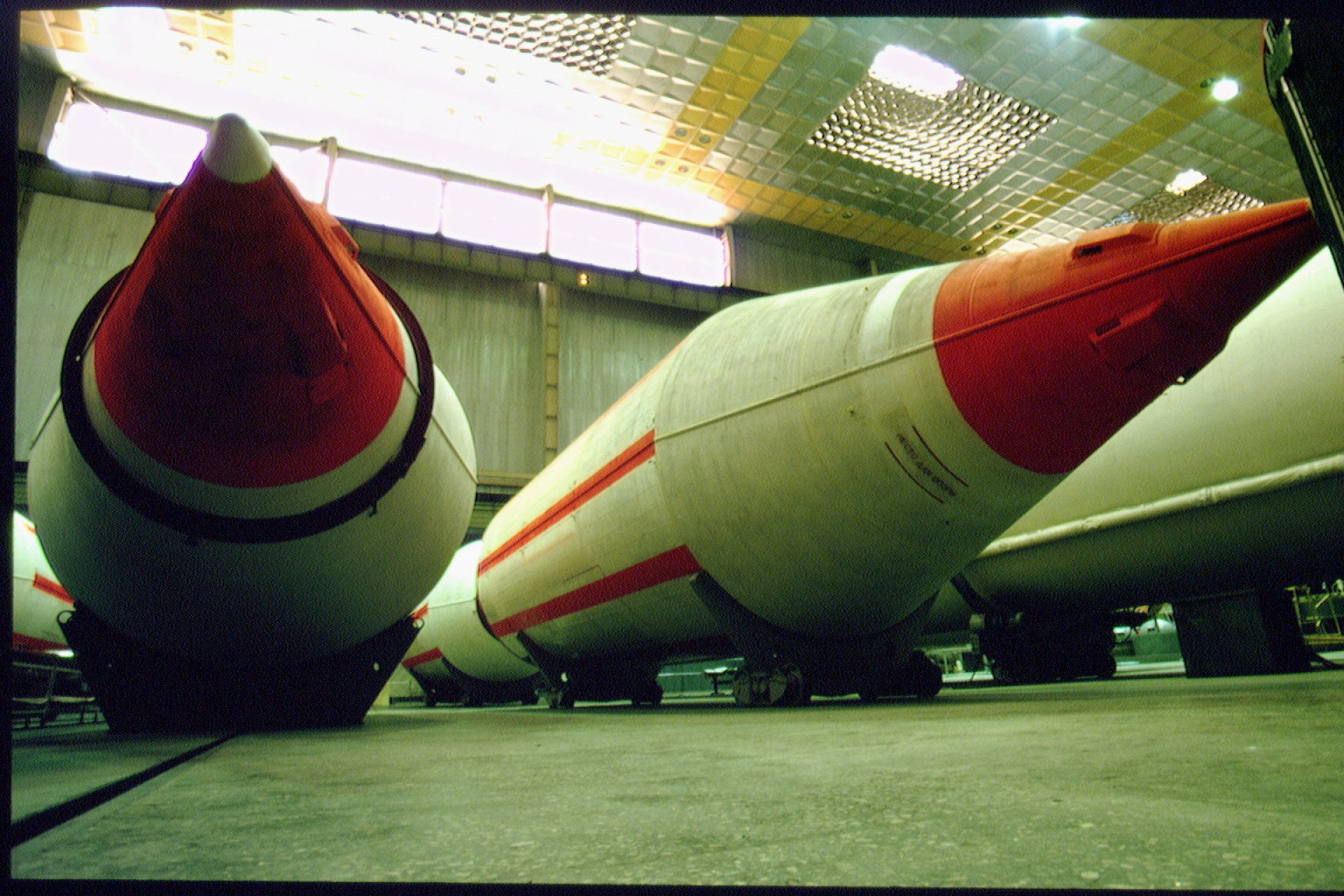
Ukraine’s vital efforts in developing its missile capabilities is a mission rooted in a long history of missile production and driven by the urgent need to defend against Russian aggression.
Even years after independence, the Ukrainian rocket industry retained the capability to produce military ballistic missiles. However, disarmament agreements, particularly the 1994 Budapest Memorandum, led Ukraine to relinquish its nuclear arsenal and much of its missile stockpile, relying heavily on international security guarantees—including Russia’s. But since Russia’s illegal annexation of Crimea in 2014, Ukraine has faced the stark reality of needing to rebuild its missile capabilities.
Ukraine's missile production legacy is a tale of two eras—a Soviet powerhouse that created some of the world's most formidable weapons and an independent nation adapting that legacy to modern challenges. With Russia’s escalating hostilities, particularly since the full-scale invasion in 2022, Ukraine’s need to develop its own missile technology has become critical. This effort is not just about preserving a legacy but mainly ensuring Ukraine’s ability to defend its sovereignty and secure its future.
This is not a new struggle. With Pivdenmash at its core, Ukraine has been a missile development hub for over seventy years.
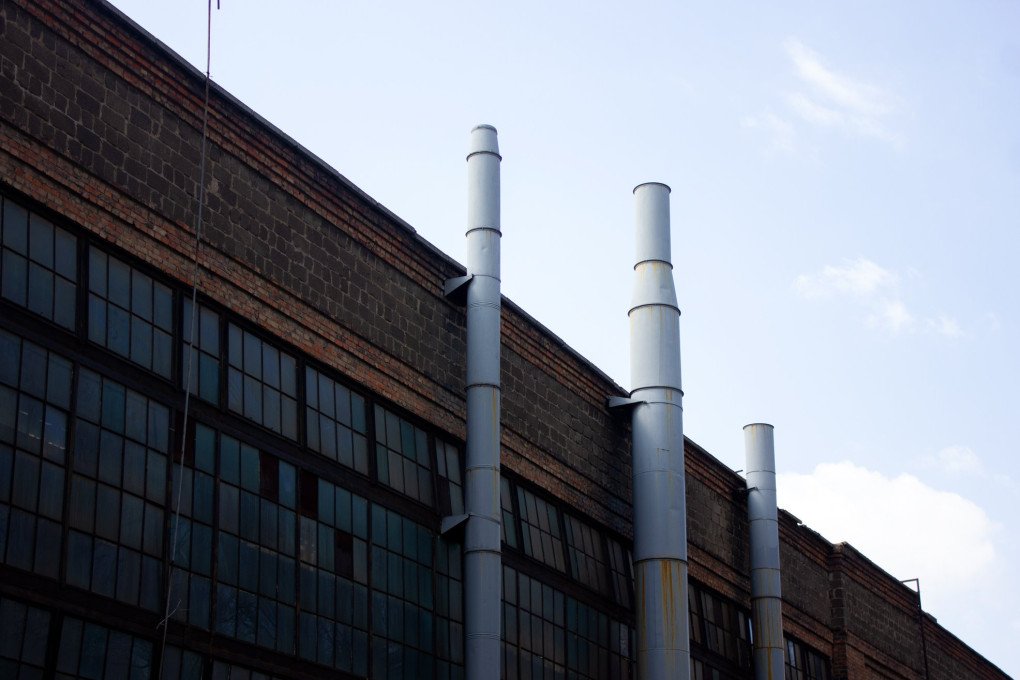
Pivdenmash, the birthplace of ballistic missiles
A 744-hectare complex in the heart of the city of Dnipro, the Pivdennyi Machine-Building Plant, or simply Pivdenmash ("Southern Engineering"), is the backbone of Ukraine’s aerospace industry that once was the center of ballistic missile production in Ukraine. Founded in 1944, it once employed over 60,000 people, with nearly every third resident of Dnipro working there during its peak. Locals would still eagerly tell stories of their involvement in the production of various goods. Pivdenmash’s history includes the production of everything from rocket engines to trolleybuses. My own microwave, made at the plant in the late ‘90s, still works today. However, Pivdenmash isn’t known for microwaves; its fame comes from driving Ukraine’s missile production, turning out over 100 ballistic missiles annually.
In its early years, Pivdenmash developed a range of missiles. Ukrainian missile industry included the SS-2, SS-3, SS-4, SS-5, SS-7, SS-18, and more. SS-4 Sandal, with a range of approximately 2,000–2,500 km (1,200–1,600 mi), became the most widely deployed ballistic missile in the USSR. SS-5 Skean, with a greater range of up to 4,500 km (2,800 mi), further solidified Pivdenmash’s reputation as a premier missile manufacturer.
The legendary SS-18, known as “Voevoda” by the Soviets and “Satan” by the Americans, was capable of carrying 10 warheads and could strike targets over 10,000 kilometers away. Upon launch, it released a cloud of false targets to evade radar detection. The SS-24 Scalpel missile complexes also remain unmatched: they could carry 8 or 10 warheads of 100 kilotons. Live mock-ups of these missiles can be found at the Strategic Missile Forces Museum, which was once Ukraine’s Nuclear Command Center.
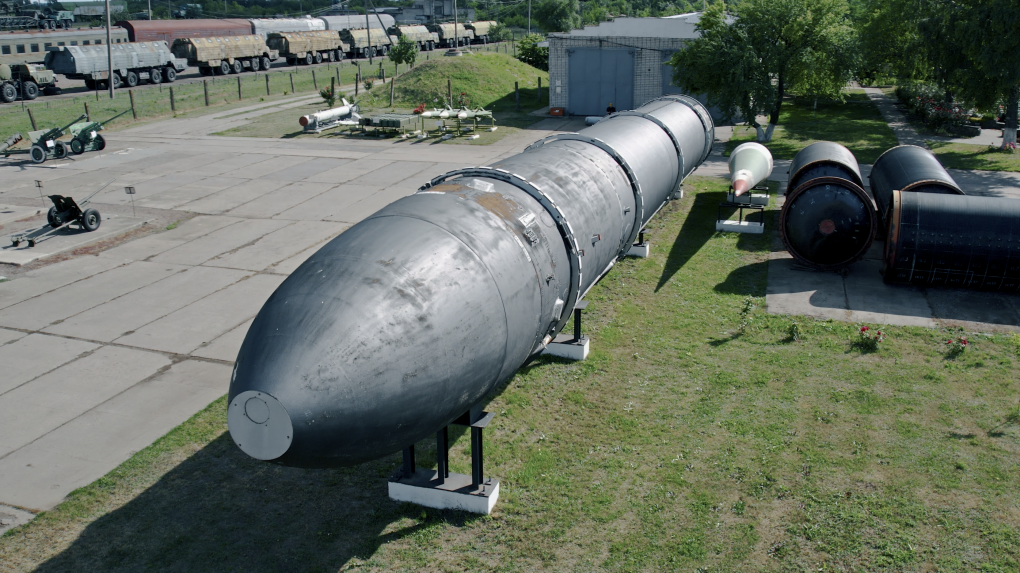
By the mid-1990s, ballistic missile production at Pivdenmash had plummeted nearly 20-fold, down to just a few missiles yearly. However, Ukraine adapted some of these missiles for orbital launches, creating the Dnipro launch vehicle, a conversion of the SS-18 Satan. Since 1999, the Dnipro has completed 22 space launches, once holding the record for the most satellites orbited in a single launch. Pivdenmash and the Pivdenne Design Bureau—a company working in tandem with Pivdenmash—have since been known for their leading role in building space rockets, contributing to international projects like Sea Launch, producing the Zenit rocket, and developing the American Antares rocket.
Neptune, the answer to Russia’s Black Sea Fleet
While Pivdenmash mainly focused on launch vehicles in its later years, big missile production for Ukraine dwindled. However, the country still had other defense industry developers, with many specialists remaining. Faced with urgent defense needs, more experts mobilized to contribute to the country’s security.
Kyiv’s Luch Design Bureau first pushed for a domestic missile system for Ukraine in 2010, leading to the creation of the Neptune, an anti-ship cruise missile. Under the pro-Russian Yanukovych administration, the project stalled, but serious development resumed after 2014.
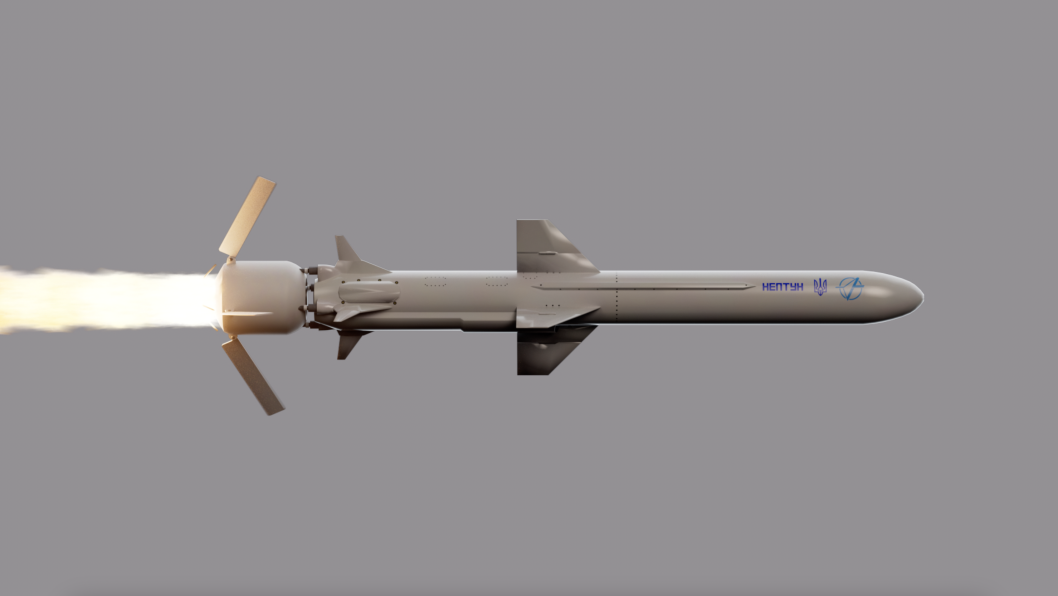
Neptune was initially designed to weigh 870 kg and have a range of 280 km. It carries a 150 kg high-explosive warhead and flies at a subsonic speed of 900 km/h. After further improvements, the missile now has a range of at least 400 km, with the warhead weight likely increased to 350 kg.
Neptune made its debut in January 2018 but truly made headlines in 2022 when it sank the Russian Black Sea Fleet’s flagship, the Moskva. Neptune’s success continued in 2023 and 2024, taking out several Russian targets, including S-400 radars in Crimea, Konstantin Olshansky (a Ukrainian ship captured by Russian forces in 2014), Russia’s rescue ship Kommuna, and Port Kavkaz, crippling the Russian Fleet.
Palianytsia, the long-range step
Ukraine’s first homegrown long-range rocket drone, Palianytsia, is a major leap in national missile production. Developed in just 1.5 years, this advanced weapon is the result of a collaborative effort by a large team of specialists from various fields. While most of its technical specifications remain classified, Palianytsia is known for its speed and ability to carry a substantial warhead.
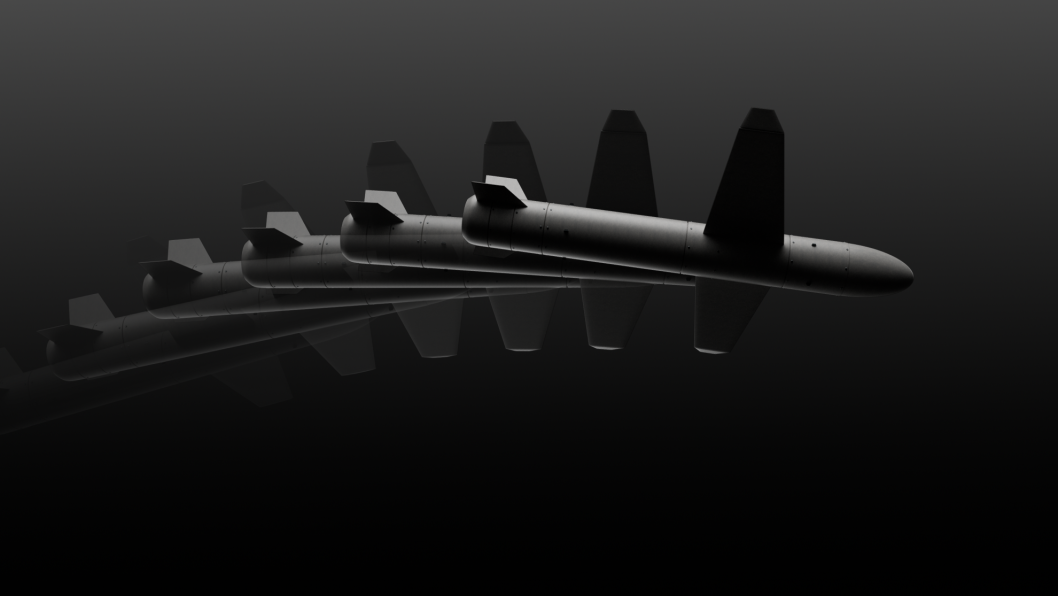
With a range that covers approximately 20 Russian military airfields, Palianytsia is designed to fill a critical gap in Ukraine’s defense capabilities, allowing the nation to independently protect its territory and citizens from Russian attacks.
The design of Palianytsia leverages Ukraine’s extensive experience in drone technology, integrating advanced IT systems for precise navigation and maneuverability at high speeds. The missile’s structure balances the need for fuel capacity and warhead size with aerodynamics to minimize drag, ensuring both durability and effectiveness in combat. This innovative approach underscores Ukraine’s commitment to enhancing its defense through cutting-edge, domestically-produced technology.
Building the new, revamping the old
In revamping older systems, Ukraine also developed the Vilkha multiple rocket launcher, based on the Soviet 9K58 Smerch, and deployed it in 2018. Even the infamous SA-5 Gammon has been repurposed to target Russian logistics and command posts.
Ukraine has the potential to develop its own air defense systems. The Kilchen system, still in development, aims to engage multiple aerial and ballistic targets simultaneously, with Pivdenmash and Pivdenne Design Bureau leading the effort. The Korall missile, developed by Luch Design Bureau, is reportedly designed for medium-range engagements.
In 2019, Oleksandr Dehtyarev, then CEO of Pivdenne Design Bureau, announced Ukraine’s development of new missile systems for its Armed Forces, including operational-tactical, air defense, and anti-ship systems. Leading the effort was the supersonic Blyskavka, designed to destroy air, ground, and sea targets, and the subsonic Korshun-2 missile, with a range of up to 300 km. Still in development, these systems showcase Ukraine’s growing military potential.
Pivdenne Design Bureau and Pivdenmash also developed the Hrim Operational-Tactical Missile System, a short-range ballistic missile blending tactical power with rocket launcher versatility. The original Sapsan missile version had a 500-kilometer range, while the export-oriented Hrim-2 is limited to 280 kilometers. The Hrim-2, once scrapped under Yanukovych, is credited with the attack on a Russian ammunition depot in Crimea, though the Ukrainian Defense Intelligence Directorate (HUR) has not confirmed its use.
As Ukraine revives its missile industry, it’s poised to become a key global player. The resilience and ingenuity of Ukraine’s defense industry not only preserve a storied legacy but also secure a future where Ukraine can independently safeguard its sovereignty.


-f88628fa403b11af0b72ec7b062ce954.jpeg)
-b63fc610dd4af1b737643522d6baf184.jpg)

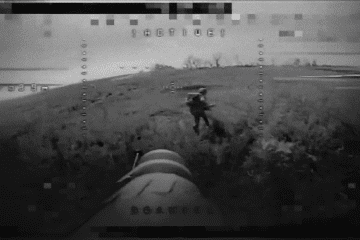
-29a1a43aba23f9bb779a1ac8b98d2121.jpeg)
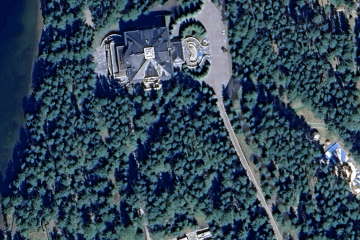
-24deccd511006ba79cfc4d798c6c2ef5.jpeg)